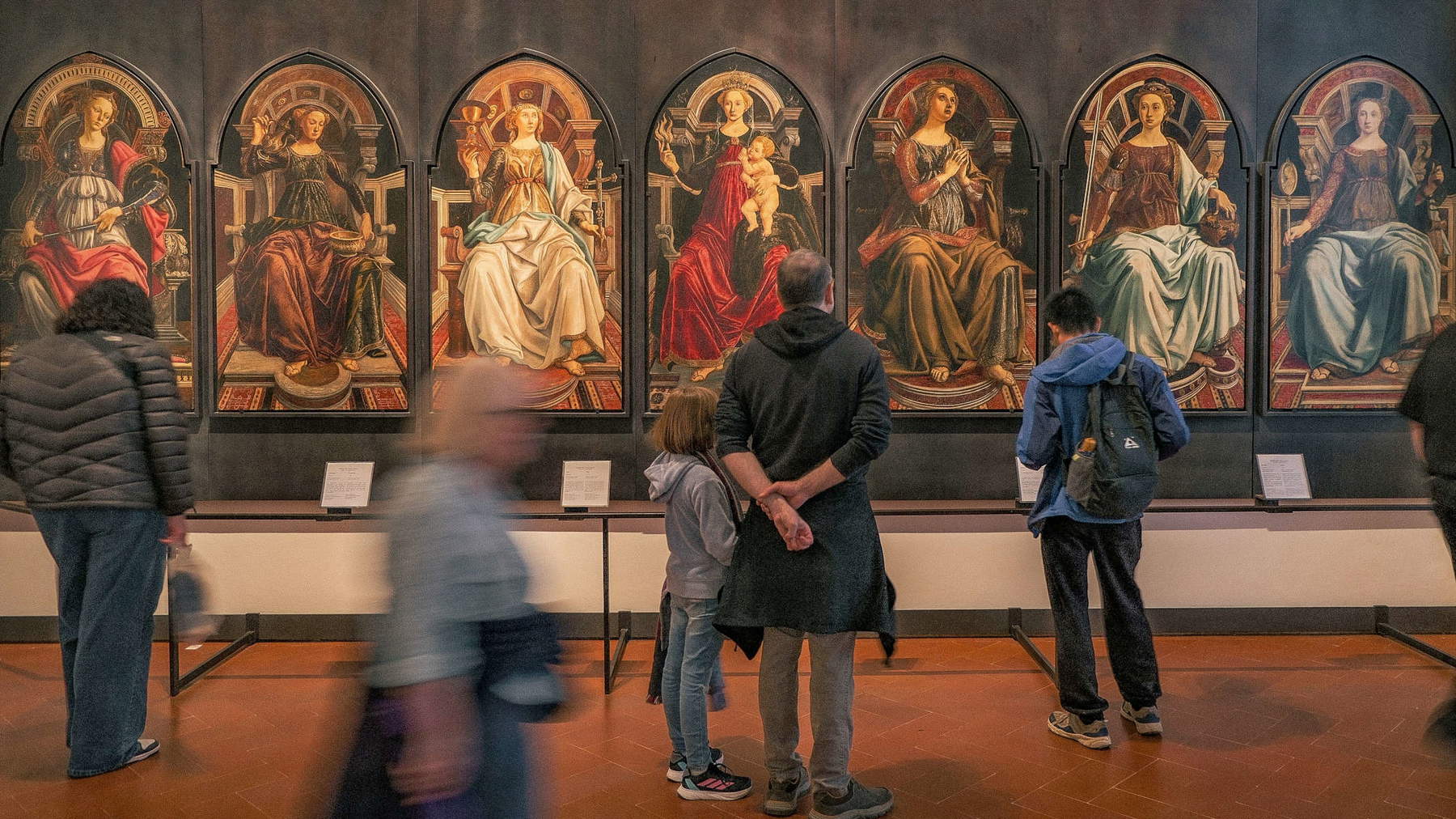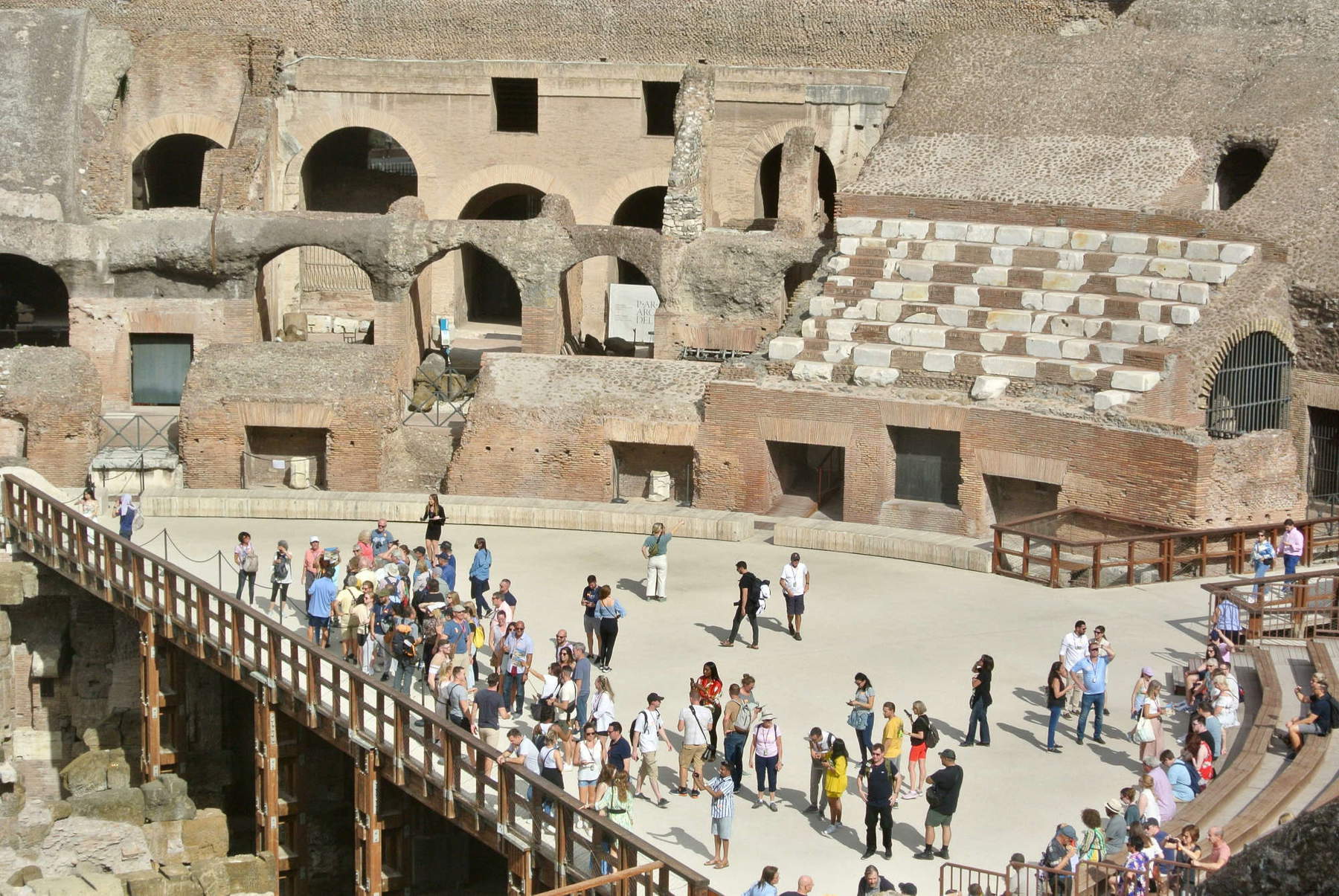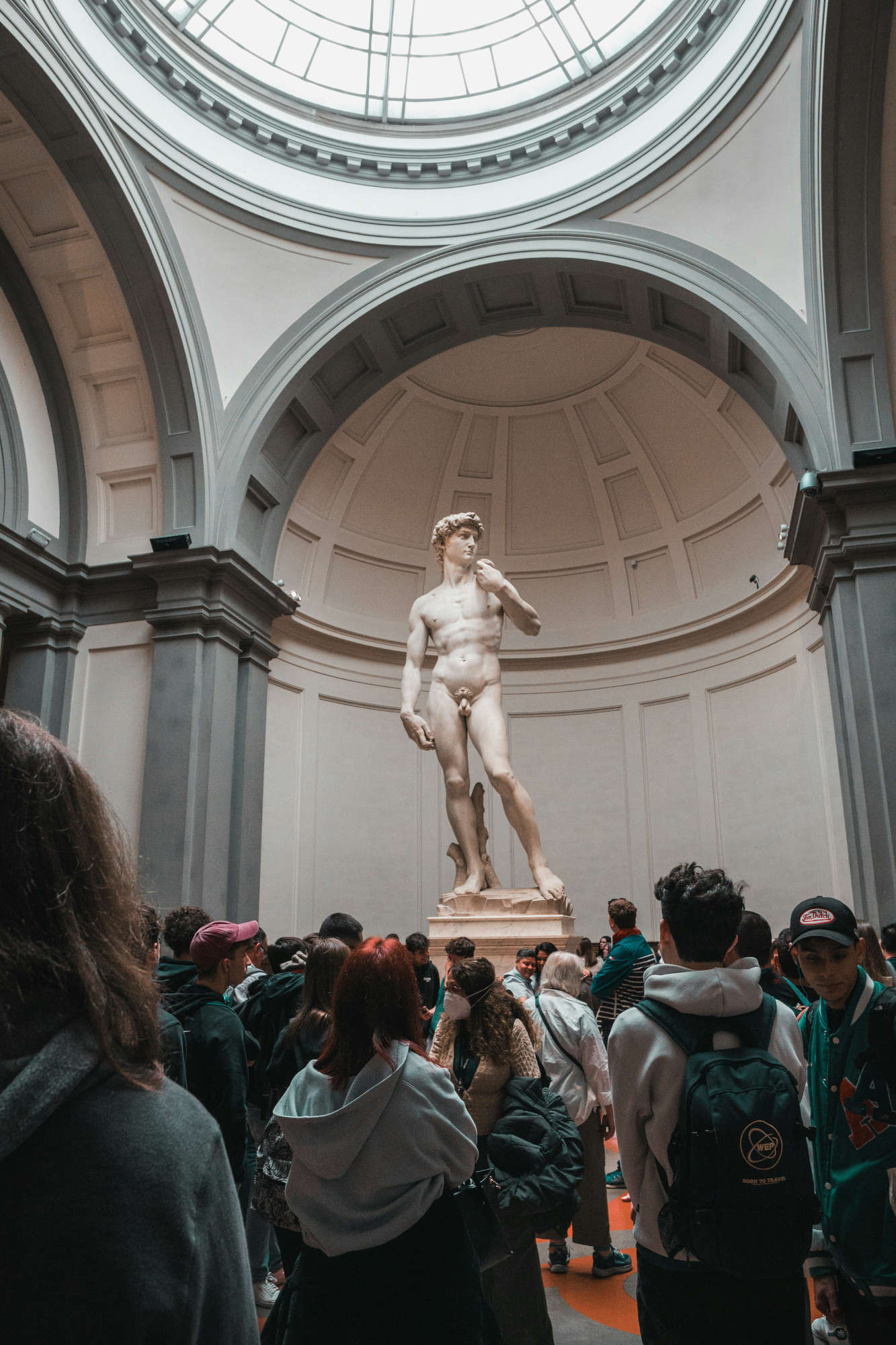Italian museums with more than 60 million visitors, revenues that almost reached 400 million euros: numbers that, for state museums, had never been seen before this year. Culture Minister Alessandro Giuli therefore did not hesitate to speak of “the best result ever of state museums and archaeological parks,” believing that the unquestionable success is “a sign of how well the government is working and how Italian culture and beauty are recognized and appreciated in the world, generating in millions of people the desire to enjoy them fully by visiting our country.” What lies behind the data? That’s the question we ask ourselves every year. Meanwhile, there is a singular trend to note: revenues have grown five times as much as visitors have grown. In 2024, there were 60,850,091 museum visitors, up from 57,730,502 in 2023 (a 5.3 percent increase), while revenue grew by 23 percent, from 313,888,163 in 2023 to 382,004,344 in 2024. In absolute terms, it is an increase of about 69 million euros that can be attributed mostly to a small number of museums: the Colosseum Archaeological Park (22 million more than in 2023), the Uffizi (13 million), the Accademia Gallery in Florence (9 million), the Pantheon (8 million), and the Archaeological Park of Pompeii (3 million).
Particularly surprising are the figures for the Uffizi (which, it should be emphasized, also include in the overall calculation visitors to the Pitti Palace and the Boboli Gardens, which are managed by the same institution) and the Accademia Gallery, with revenues exploding in the face of tepid increases in the number of visitors (at the Uffizi just under 160,000 more visitors, or 5.294,968 versus 5,196,106 in 2023, while at the Accademia comparable increases, with a total of 2,189,103 visitors versus 2,013,914 last year). This is the effect of the change in the two museums’ pricing policies: at the Accademia, the ticket increased by about 35 percent compared to 2023 (it went from 12 to 16 euros), and the non-paying public experienced a slight decrease compared to theyear before, while the Uffizi, which until before 2025 based its ticketing on seasonally differentiated rates, kept the basic ticket price unchanged, but in 2024 drastically reduced the low season, which entitled the public to enter paying only 12 euros (from January 10 to February 20 and from November 10 to December 20, while in 2023 the low season was from November 1 to February 28: in 2025, however, there no longer appears to be a distinction between high and low season, you pay 25 euros always).



In general, the effects of this increase in revenue can be seen on a large number of museums, even in institutions that have experienced declines in visitor numbers: Such is the case with the Egyptian Museum in Turin, 25,000 fewer visitors than in 2023, but nearly 1.5 million more in revenue, and with no change in admission fees (the museum was able toattract more paying public full fare), or Castel Sant’Angelo (10 thousand fewer visitors, almost a million more), or the Reggia di Caserta (30 thousand fewer visitors, half a million more) and so on. The result is the highest average ticket ever: 12.01 euros compared to 11.37 last year (and last year’s average was itself the highest ever). However, the increase was smaller than last year: a 5.6 percent increase between 2023 and 2024 compared to 7.6 percent in 2023 over 2022 and 13.36 percent (the second highest increase ever) in 2022 over 2021. It is a trend, that of the average ticket increase, which for a while, especially in the early 2000s, roughly mirrored the inflation trend, and yet has increased significantly in recent years, with very marked increases that only paused in the first year of Covid. It is still an effect of the Franceschini reform and the natural inclination of institutes, having achieved autonomy in their pricing policies, to try to optimize revenues, especially where the museum is a particularly popular destination for tourists. Still in 2016, therefore, the average ticket cost was well below 8 euros, and the average tweak rarely exceeded 3 percent. Since the time of the full implementation of the Franceschini reform, the scenario has undergone radical changes, and fees have been rising at a steady pace ever since. Then there is another element to note: in 2024, the number of museums that were always free was almost halved : there were 45 in 2023, they remained at 27 in 2024. Never before have there been so few free museums (before the reform there were well above 60, compared to about 130 for a fee: now there are 176 against 27). This reduction also affected, albeit to a lesser extent, archaeological sites: 127 still free versus 134 last year (but there were 165 in 2017). These are, admittedly, museums that are unlikely to score big numbers, but it is still a significant indicator. Finally, paying visitors to museums increased much more than non-paying visitors: 31,784,116 compared to 27,590,303 paying in 2023 (free visitors were 19,848,707, compared to 18,072,240 last year). The tendency, in short, is always to maximize profits, and there is no reason to believe that the Ministry will stop following this logic, especially in light of the continuing increases in tourists coming to Italy. What’s more, as long as the paying public is increasing, it means that visitors’ willingness to spend is not curbed by ticket increases. It is believed, essentially, that museums are still worth everything people spend to visit them.
Despite this year’s record increases, there are still several museums that have lost visitors. The most significant decline is that of the Pantheon, which lost over a million visitors on the way, and the reason is quickly stated: until July 2023, the Pantheon was free. Of the top 30 museums in 2023, 13 institutions lost visitors: the Castel Sant’Angelo, the Egyptian Museum, the Reggia di Caserta, the Villas of Tivoli, the Archaeological Park of Herculaneum, the MANN in Naples, the Park of Paestum, the Royal Palace of Naples, the Archaeological Museum of Venice, the National Roman Museum, the Ducal Palace of Mantua, the Baths of Caracalla, and GNAM in Rome. What happened? Normal fluctuations, one would be inclined to say, even in light of the fact that the record number of visitors, even considering the Pantheon’s conspicuous decline (one million fewer visitors due to the end of free admission), can be attributed mainly to two museums: the Colosseum Archaeological Park, which alone recorded about 2.5 million more admissions than last year, and the Vittoriano-Palazzo Venezia complex, which has free admission and did about a million more admissions than last year, thus offsetting the Pantheon’s decline. It is precisely the decline in visitors to the Pantheon since the introduction of the paid ticket (it will be necessary to remember that before this measure, the Pantheon nimbly exceeded 9 million visitors a year) that was probably the reason why from 2023, when calculating visitors to the Colosseum Archaeological Park, re-entries were also counted: a very unique method, which takes into account visitors who purchase a ticket for the full tour of the Colosseum and Roman Forum and for whom two entries are counted. In essence, those who visit the Colosseum and with the same ticket then enter the Roman Forum are counted twice, the second time as non-paying visitors: this is the reason why the number of total non-paying visitors has exploded since 2023, increasing by about 4 million from one year to the next (the analysis we did last year provides more precise data).
One fact that should give the ministry pause for thought is the increasing imbalance between the 30 most visited museums and all the others. As is well known, the bulk of visitors are concentrated in the largest museums: in 2023, the top 30 museums drew 44,908,182 visitors, 77.78 percent of the total. The gap the following year increased and came to 78.45%: 47,740,967 visitors were concentrated in the top 30 museums. It means that all the other 423 museums attracted just 21.55% of visitors, one of the lowest figures ever: it will be worth remembering that, before the Franceschini reform, this figure roughly touched 30%. And it also means, on the flip side, that the 5.3 percent growth in total visitors does not help to understand the distribution: the top 30 museums in the ranking have experienced an increase that in percentage terms is just under 6 percent, while all the other museums, the “minor” museums to use a horrible adjective (because outside the top 30 most visited museums are some of the most important museums in Italy), have grown by just 2.1 percent.
It must be said that Minister Giuli perfectly hits the nail on the head when he says that “Italian culture and beauty are recognized and appreciated around the world,” because the increases in museum visitors reflect the increases in tourist presences in our country, particularly foreign ones, which grew by just under 7 percent over the previous year: it is normal that a tourist who has never been to Rome or Florence is unlikely to leave before seeing the Colosseum or the Uffizi. It will be necessary to return to the interrelationship between museum visitors and the trend in tourist flows in further detail: for now, it will be sufficient to note that museum visitors in 2024 seem to have increased mainly through inertia, as a result of a spontaneous growth in which the past Sangiuliano administration (the minister, the reader will recall, remained in office until early September 2024) seems to have had no particular merit. In order that, especially on all the museums that remain outside the top 30, inertia be transformed into guided growth, it is necessary to think above all in terms of policies aimed at the citizenry, both at the “macro” level, so to speak (thus campaigns on the part of the Ministry centered mainly on peripheral heritage), and at the “micro” level, with incentives to visit (free for residents, agreements with other institutes in the area, timed tickets, special initiatives, i.e., actions on which the writer has been insisting for some time and about which we have spoken at length on these pages).
Warning: the translation into English of the original Italian article was created using automatic tools. We undertake to review all articles, but we do not guarantee the total absence of inaccuracies in the translation due to the program. You can find the original by clicking on the ITA button. If you find any mistake,please contact us.